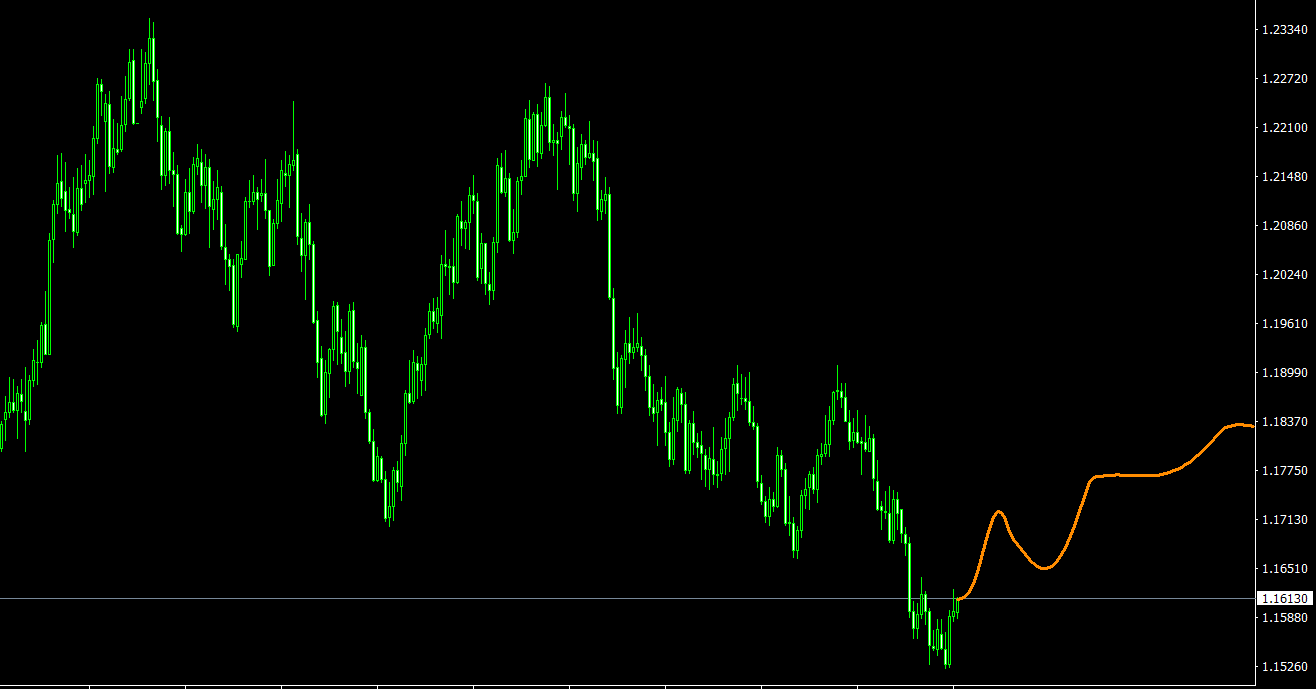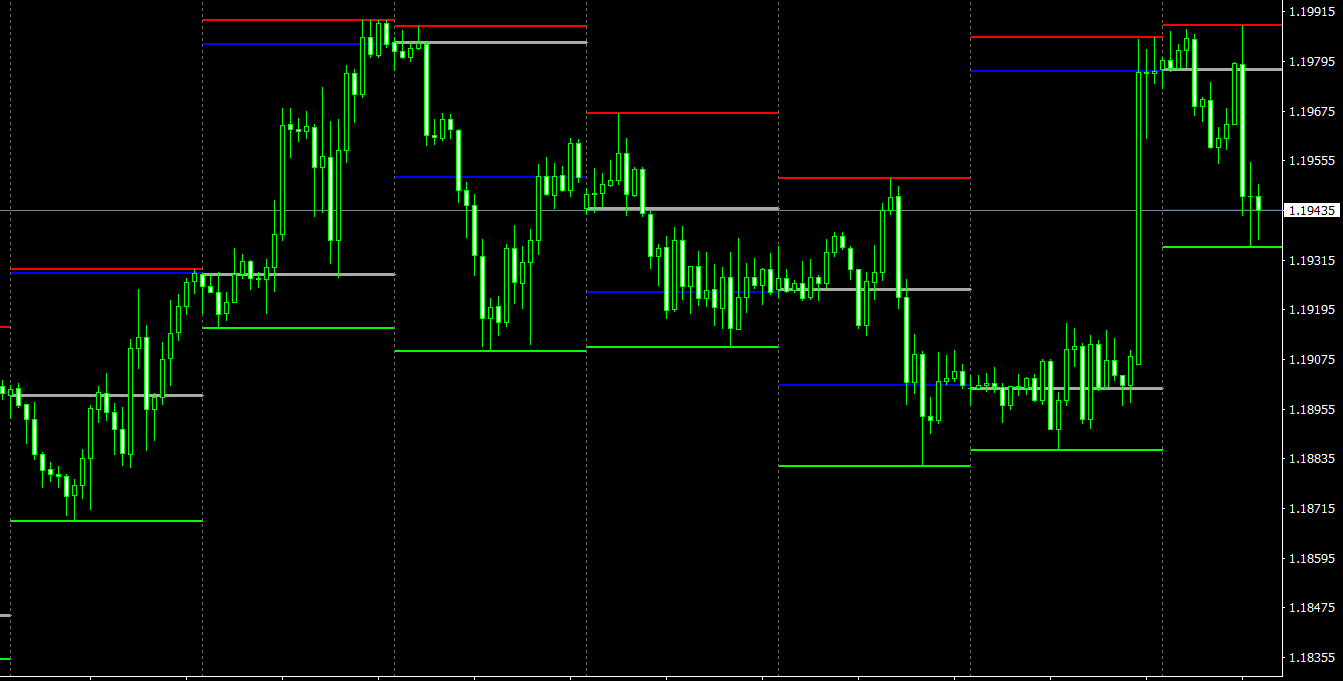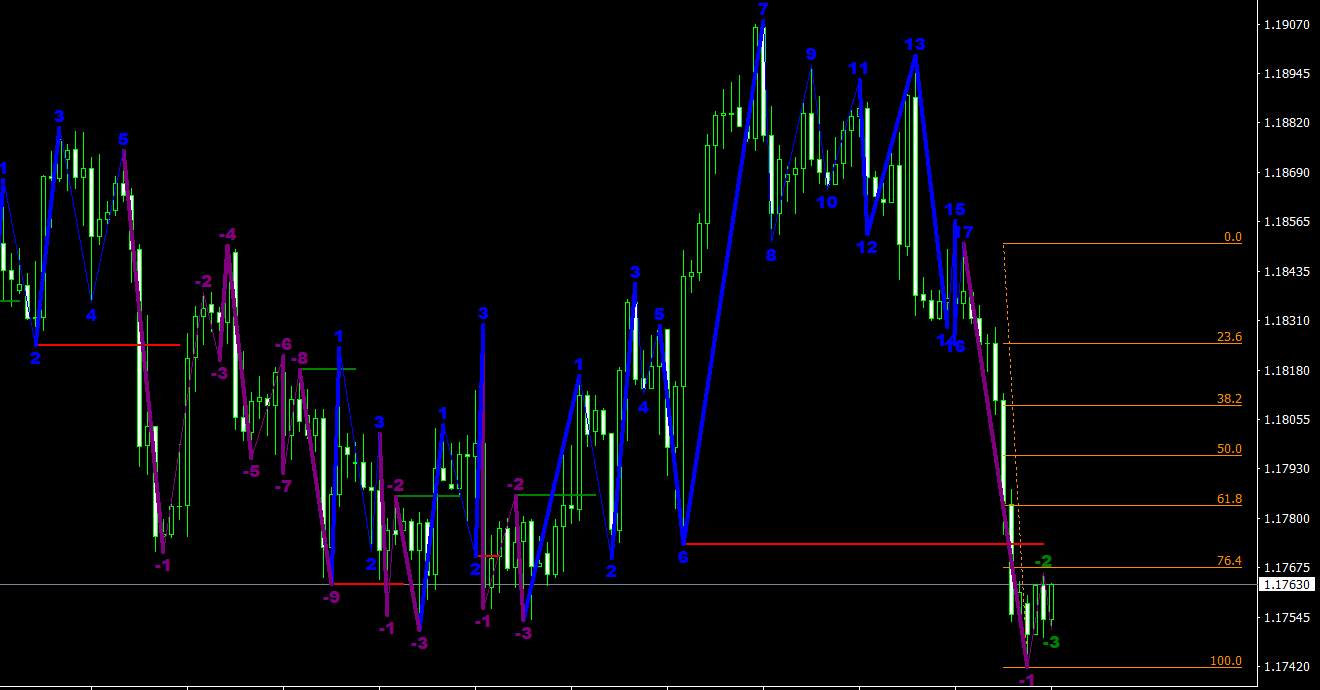Predictive indicators are essential tools for forex traders, as they provide insights into potential future price movements and market trends. These indicators help traders make informed decisions, optimize their trading strategies, and manage risk more effectively. This article will discuss what predictive indicators are, their importance in forex trading, and some popular examples that traders can incorporate into their trading strategies.
What are Predictive Indicators?
Predictive indicators are technical analysis tools that help traders forecast future price movements and market trends based on historical data. Unlike lagging indicators, which provide information about past price movements, predictive indicators aim to anticipate what may happen in the future. Some popular predictive indicators include Elliott Wave Theory, Fibonacci retracements, and Gann angles.
The Importance of Predictive Indicators in Forex Trading
Predictive indicators play a crucial role in forex trading, offering valuable insights into potential future market dynamics and trading opportunities. Some of the benefits of using predictive indicators include:
- Enhancing Trading Strategies: Incorporating predictive indicators into a trading strategy can improve its effectiveness, allowing traders to better anticipate market movements and capitalize on potential opportunities.
- Managing Risk: Predictive indicators can help traders identify potential areas of support and resistance, enabling them to set stop loss orders and take profit levels more effectively.
- Increasing Trading Confidence: By providing insights into potential future market movements, predictive indicators can help traders make more informed decisions and trade with greater confidence.
- Complementing Other Technical Analysis Tools: Predictive indicators can be used in conjunction with other technical analysis tools, such as trend lines, moving averages, and oscillators, to create a well-rounded trading strategy.
Popular Predictive Indicators in Forex Trading
There are numerous predictive indicators available to forex traders, each offering unique insights into potential future market movements. Here are some popular examples:
- Elliott Wave Theory: Developed by Ralph Nelson Elliott in the 1930s, Elliott Wave Theory is a technical analysis approach that posits that market price movements follow predictable patterns, known as waves. By identifying these wave patterns, traders can anticipate potential future price movements and market trends.
- Fibonacci Retracements: Based on the Fibonacci sequence, Fibonacci retracements are a predictive indicator used to identify potential areas of support and resistance in the market. Traders use these levels to anticipate potential reversals or continuations of the prevailing trend.
- Gann Angles: Developed by W.D. Gann, Gann angles are a predictive indicator that uses geometric angles to forecast potential future price movements. By analyzing the relationship between time and price, Gann angles can help traders identify potential trend reversals and market turning points.
Using Predictive Indicators in Forex Trading
Effectively utilizing predictive indicators in forex trading can help traders anticipate market movements, identify potential trading opportunities, and manage risk more effectively. Here are some tips for incorporating predictive indicators into your trading strategy:
- Choose the Right Predictive Indicators: Select predictive indicators that best suit your trading style, objectives, and risk tolerance. Consider using a combination of indicators to gain a more comprehensive understanding of potential future market movements.
- Develop a Trading Plan: Create a trading plan that outlines your objectives, risk tolerance, and preferred predictive indicators. This plan should also include specific entry and exit criteria, as well as risk management techniques.
- Monitor the Market: Regularly analyze the forex market, paying close attention to predictive indicators and other technical tools to identify potential trading opportunities.
- Execute Your Trades: Once you have identified a high-probability trade setup based on your predictive indicator analysis, execute your trade according to your trading plan. Be sure to set stop loss orders and take profit levels as dictated by your risk management strategy.
- Evaluate and Adjust Your Strategy: Regularly review your trading performance and make any necessary adjustments to your predictive indicator-based trading strategy based on your results and changing market conditions. Continuously refine your approach to ensure it remains effective and aligned with your objectives.
- Combine Predictive Indicators with Other Analysis Techniques: Use predictive indicators in conjunction with other technical analysis tools and fundamental analysis to create a well-rounded and comprehensive trading strategy.
- Practice and Learn: Mastering the use of predictive indicators takes time and practice. Continuously educate yourself on the various predictive indicators available and their applications in forex trading to improve your trading skills and understanding of market dynamics.
Conclusion
Predictive indicators are essential tools for forex traders looking to better anticipate market movements and capitalize on potential trading opportunities. By understanding and effectively utilizing predictive indicators, traders can make more informed decisions, optimize their trading strategies, and better manage risk. Combining predictive indicators with other technical analysis tools can further enhance a trader’s ability to navigate the complexities of the forex market, ultimately contributing to improved trading performance and profitability. As with any trading tool, practice and ongoing education are key to mastering the use of predictive indicators and reaping the benefits they offer in forex trading. With the right combination of predictive indicators and a disciplined approach, traders can successfully navigate the ever-changing world of forex trading and enhance their chances of success.



